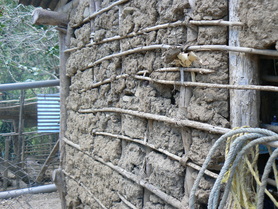 Typical adobe construction in rural houses Typical adobe construction in rural houses I've been thinking and talking a lot recently about the current approach to "development" as I see it based on the limited view I have from my remote corner of the world here in Nicaragua. My thoughts have been all stirred up by a number of recent experiences:
Let me begin with the last point, first, because I was interested to consider what other options there were to the current approach to development, which frankly seems to be failing as fast as developed countries get richer - an ever-widening gap. The books were recommended by a young American consultant working Brazil. I met him while facilitating a course in Leadership Presence, something I love to do and something that pays for my learning experience here in Nicaragua. I am leveraging my relationships with the rich to learn how to work with the poor. 4. Can capitalism save the world?Capitalism at the Crossroads: Aligning Business, Earth, and Humanity by Stuart L. Hart (2010, 3rd edition) 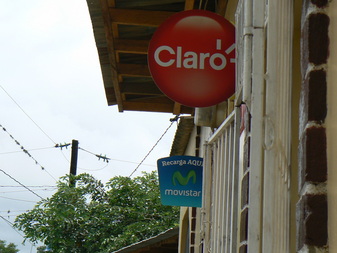 Claro and Movistar provide all cell phone coverage Claro and Movistar provide all cell phone coverage When I finished the books, I wrote the following note to the young consultant who had recommended them to me: "Hart was a fascinating read, although I vacillated between cynicism and optimism as I read his book. If nothing else, it opens up another way to look at things." In the second of the books I read, Prahalad closes his book with the following words (whcih I share at the risk of taking his words out of context): "...the real test of the entire development process is poverty alleviation. How will we know it is taking place? Simply stated, the pyramid must become a diamond. The economic pyramid is a measure of income inequalities. If these inequalities are changing, then the pyramid must morph into a diamond. A diamond assumes that the bulk of the population is middle class. ... Our Best allies in fighting poverty are the poor themselves. Their resilience nd perseverance must give us courage to move forward with entrepreneurial solutions to the problem. Given bold and responsible leadership from the private sector and civil society organizations, I have no doubt that the elimination of poverty and deprivation is possible by 2020. We can build a human society." Wow! A bold vision for what can be achieved by 2020, a mere 6+ years away. But what excited me more was a simple but thoughtful model from the other book by Hart, his BOP Protocol Process, which "...requires putting the corporate 'hammer' down and living alongside those in the community in a spirit of humility and mutual learning. It requires developing a personal relationship of trust, understanding, and respect through which new possibilities for locally-embedded businesses can emerge."
Hart explains this approach as follows: "Multinationals must expand their conception of the global economy to include the varied economic activities that occur outside the formal, wage-based economy. They must embrace informal economy, tailor their business models to enhance the way people currently live. Creating sustainable livelihoods means strengthening local communities and restoring the environment, not extracting resources and forcing people to move in the search of factory jobs. Spanning these worlds provides the basis for developing the climate needed for business to thrive by buidling respect for agreements, transaction transparency, and mutual trust." Is some version of new capitalism the solution? For me, Hart's protocol comes close to an "ideal" in spirit and methodology. However, the cynic in me doubts the ability of business leaders to reframe their role and the role of their people and their business, as well as challenge the current systems of share-holder reward. No matter how well-itentioned their efforts, I imagine share-holder pressure from both the existing investment community and the emerging middle classes will make this an (almost) impossible task. 3. How should we define "poor"?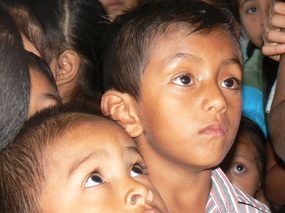 Children waiting to receive donated toys Children waiting to receive donated toys Everything I have considered so far is based on the idea of an enormous "base of the pyramid" that is defined as "poor", but it strikes me that the way we define "poor" is both flawed and in service of a traditional model of capitalism. Whose definition should we use? What would the diamond that Prahalad aspires to actually look like with a new definition that was not based only on income. At the same time as I was reading Hart, I subsequently discovered that ILLS is investigating this very question. What dimensions should we be measuring to define "poor"? The next books on my reading list are the following (sadly only one is available on Kindle): Ancient Futures: Lessons from Ladakh for a Globalizing World by Helena Norberg-Hodge, and 2. What makes Omotepe so special?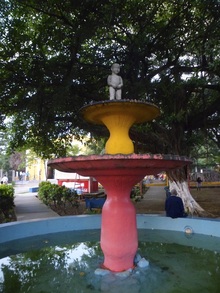 Fountain in the park in Moyogalpa Fountain in the park in Moyogalpa I recently spent three days on the island of Omotepe, made up of two volcanoes, rising from Lake Nicaragua. The still-active volcano, Concepción (last major erruption in 2010) is the world's highest lake island and is considered the most perfectly formed volcano cone in Central America. Of all the places I have visited in Nicaragua, it feels like "Ometepinos", as the people on the island call themselves, are trying to create a tourist destination that avoids the excesses of San Juan del Sur, keeps the low-key attraction of Corn Islands, avoids the over-gentrification of Granada and has a sense of integrity with what the island naturally has to offer. In Nicaragua, this was a welcome find. Especially since every "Nica-owned" business was proudly touted. Clearly, there were expats who either owned or ran businesses, but you could hear the pride in people's voices when they worked for a "Nica" owner. I got to thinking about the role of tourism in creating sustainable development, though I'm not sure I have much of a point of view yet. 1. The irony of unequal access to gender equality training
What did I learn?
0 Comments
Leave a Reply. |
BackgroundI sold house, car and most of my furniture to move to the small town of Ocotal in Las Segovias on the Honduras/ Nicaragua border. Archives
March 2014
Categories |
Contact© Copyright 2018 Richard Richards, Bournemouth, Dorset, UK
|

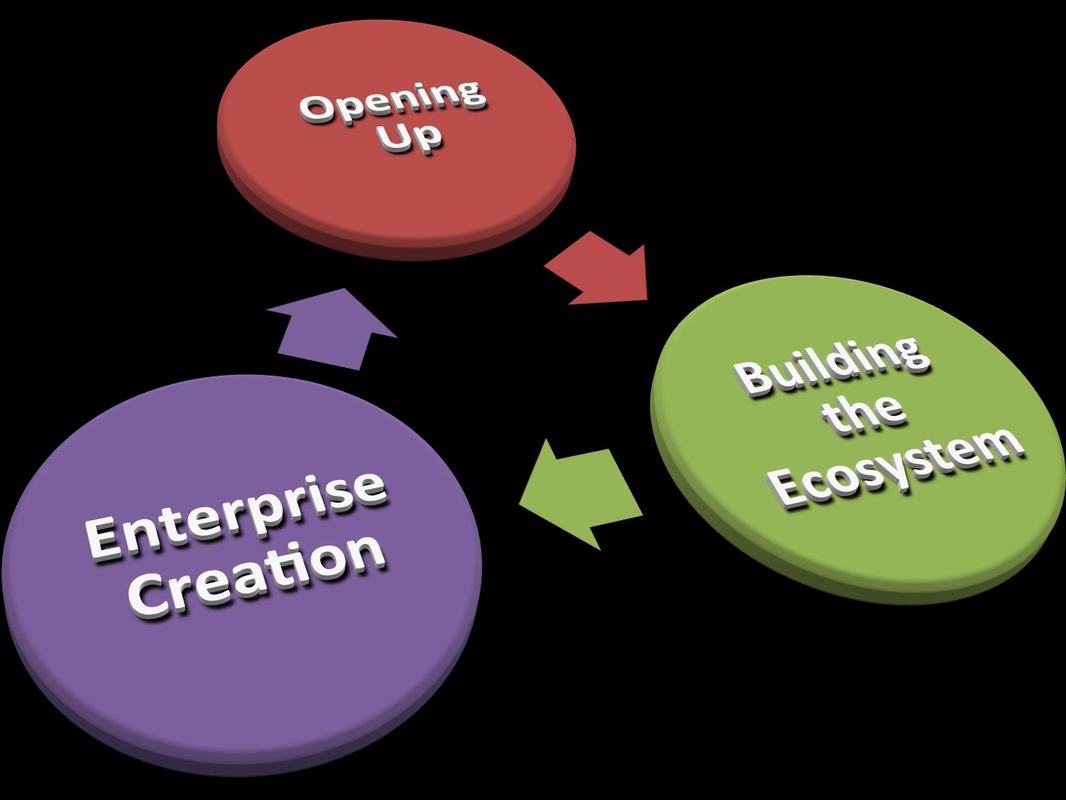
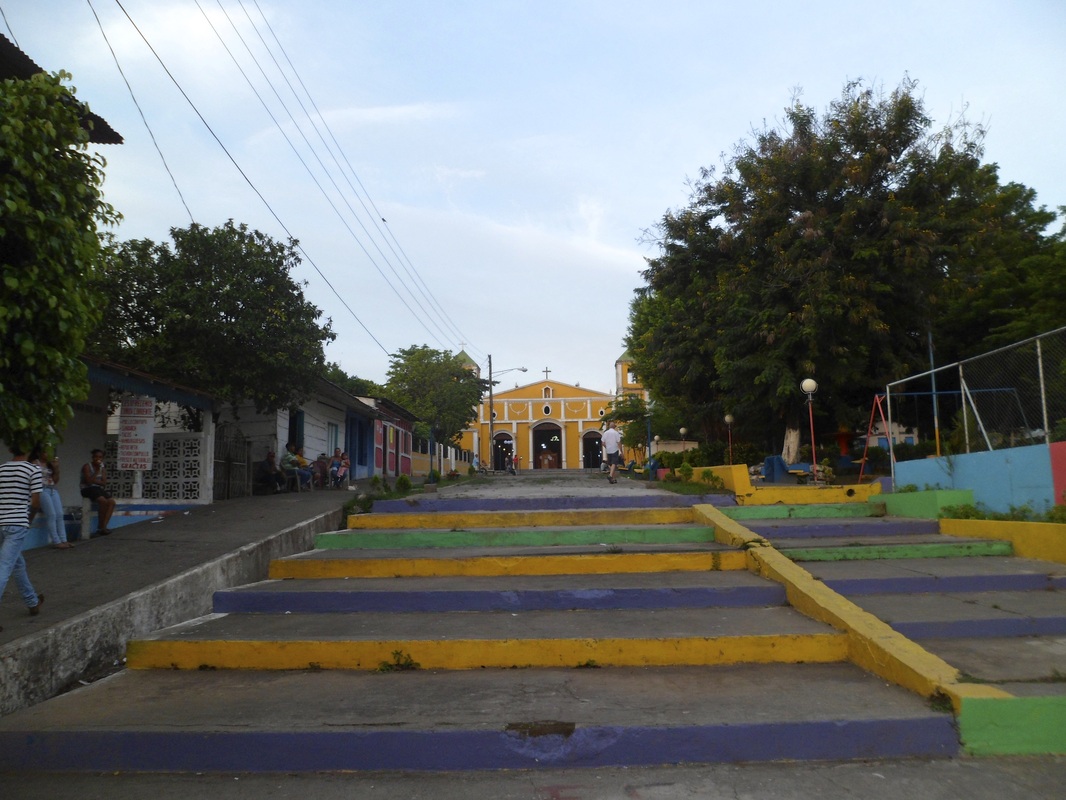
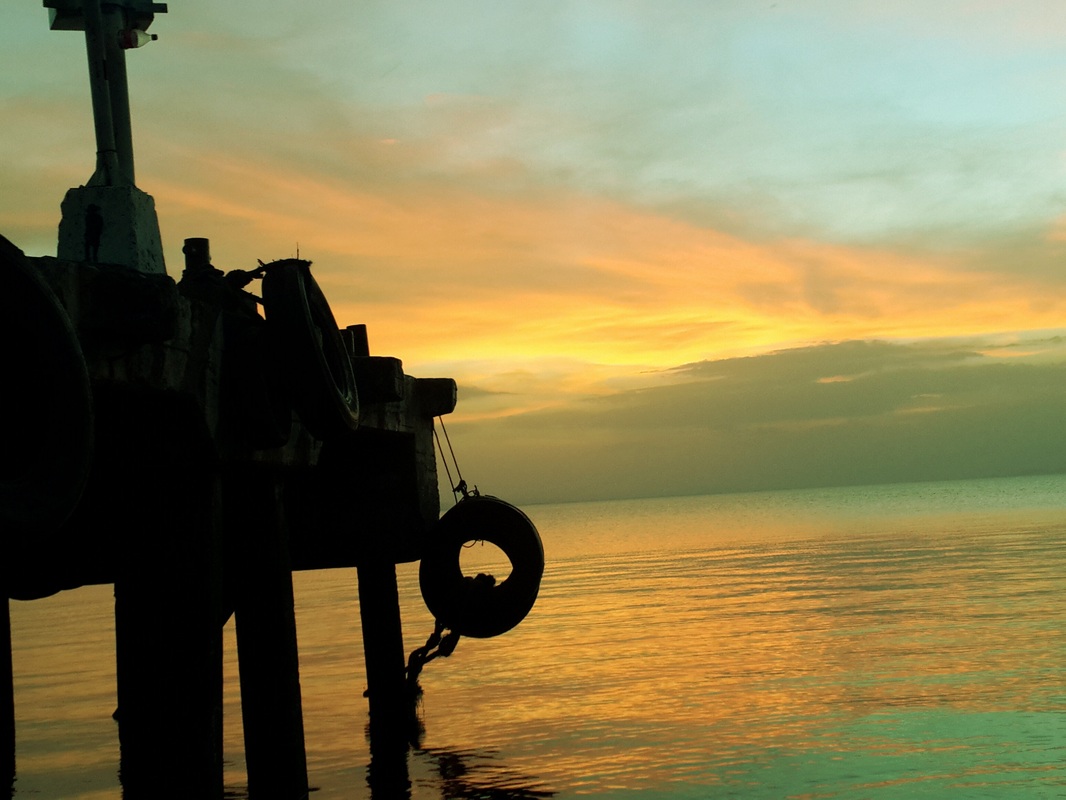
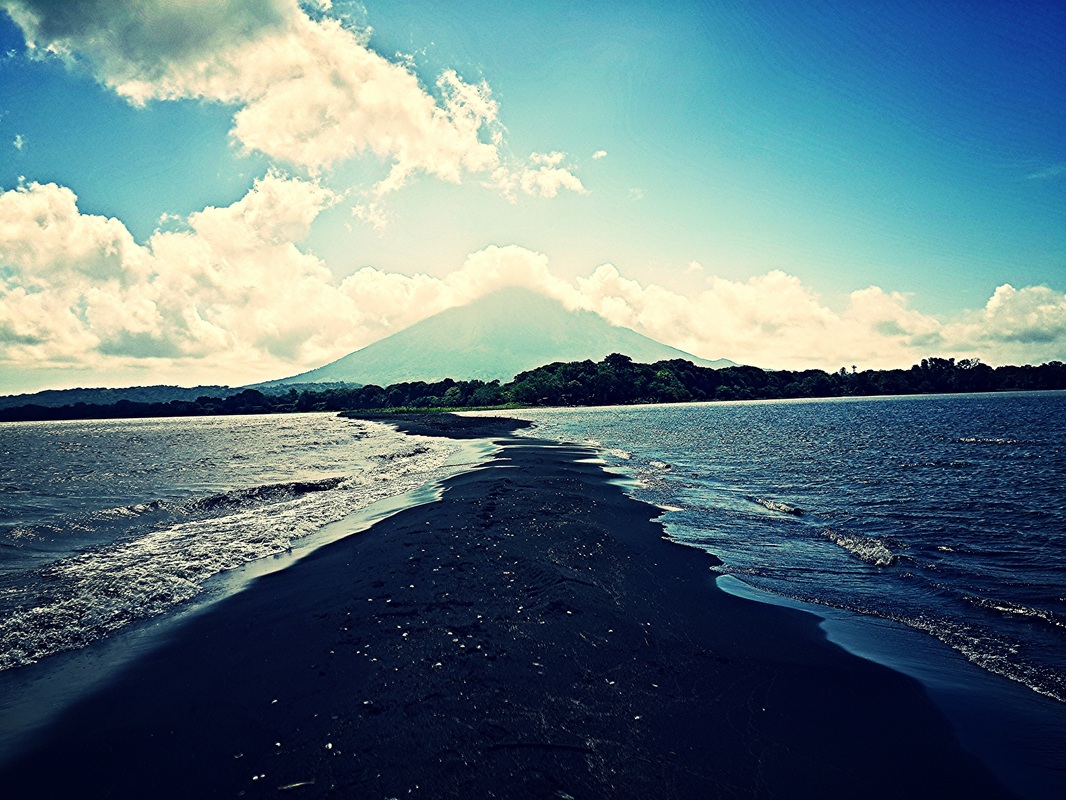
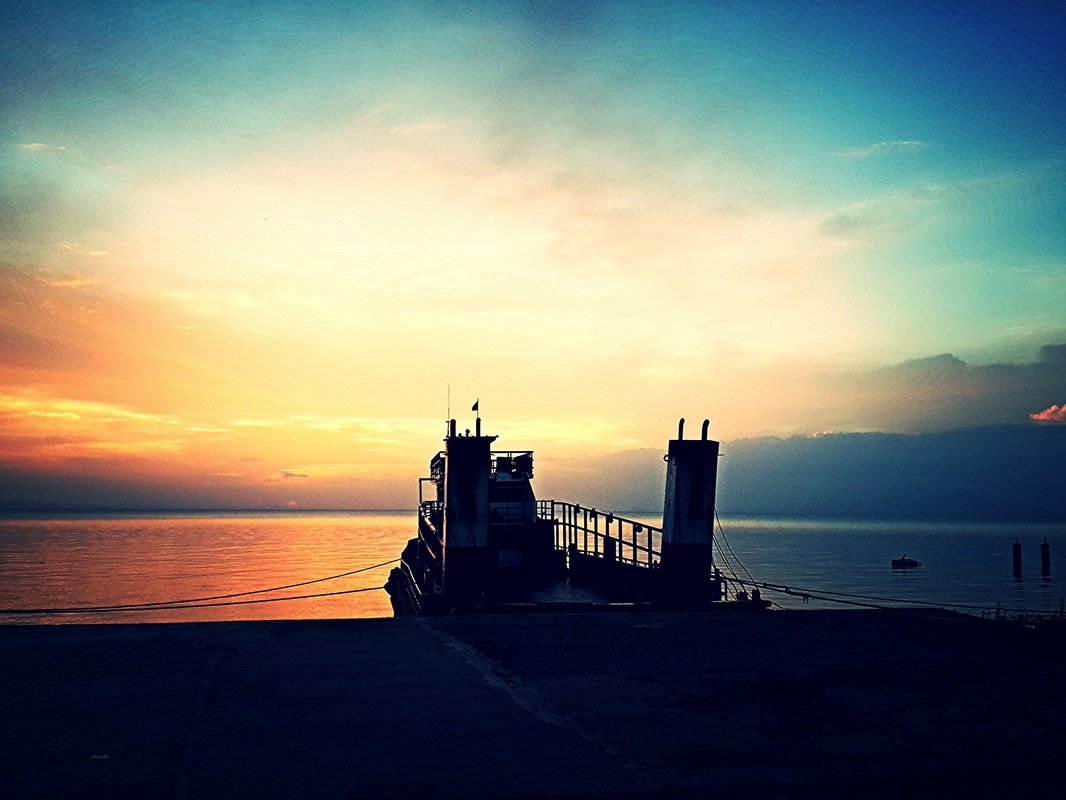
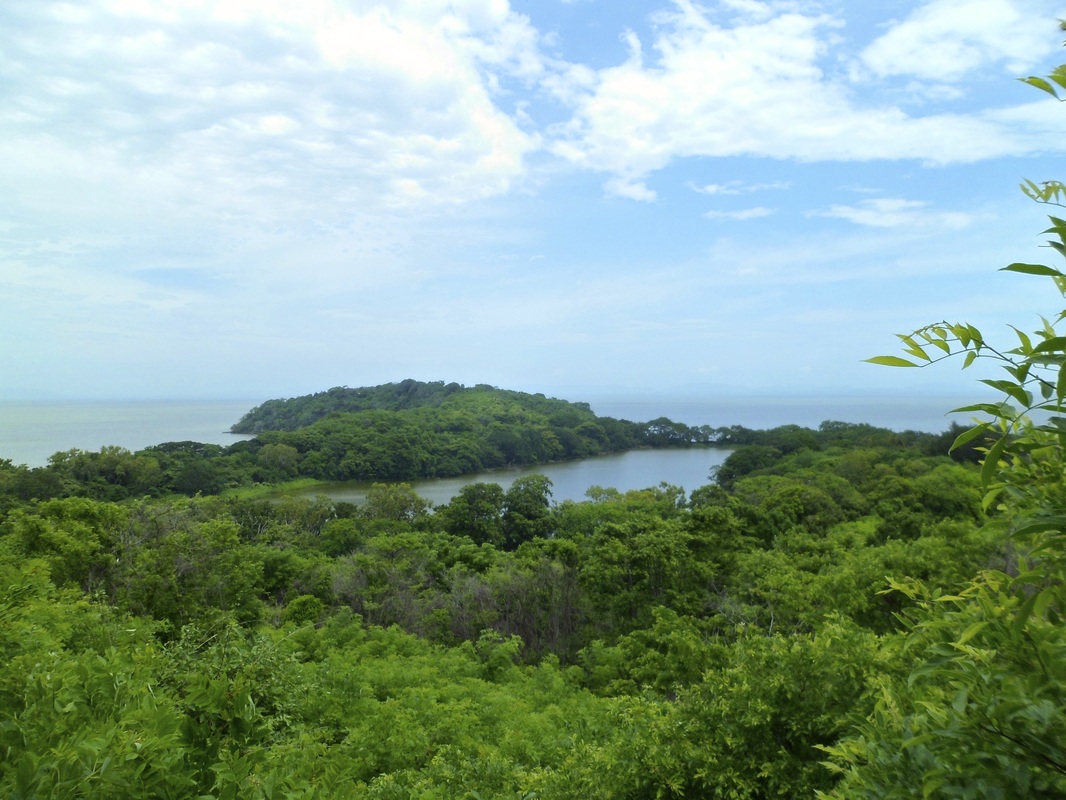
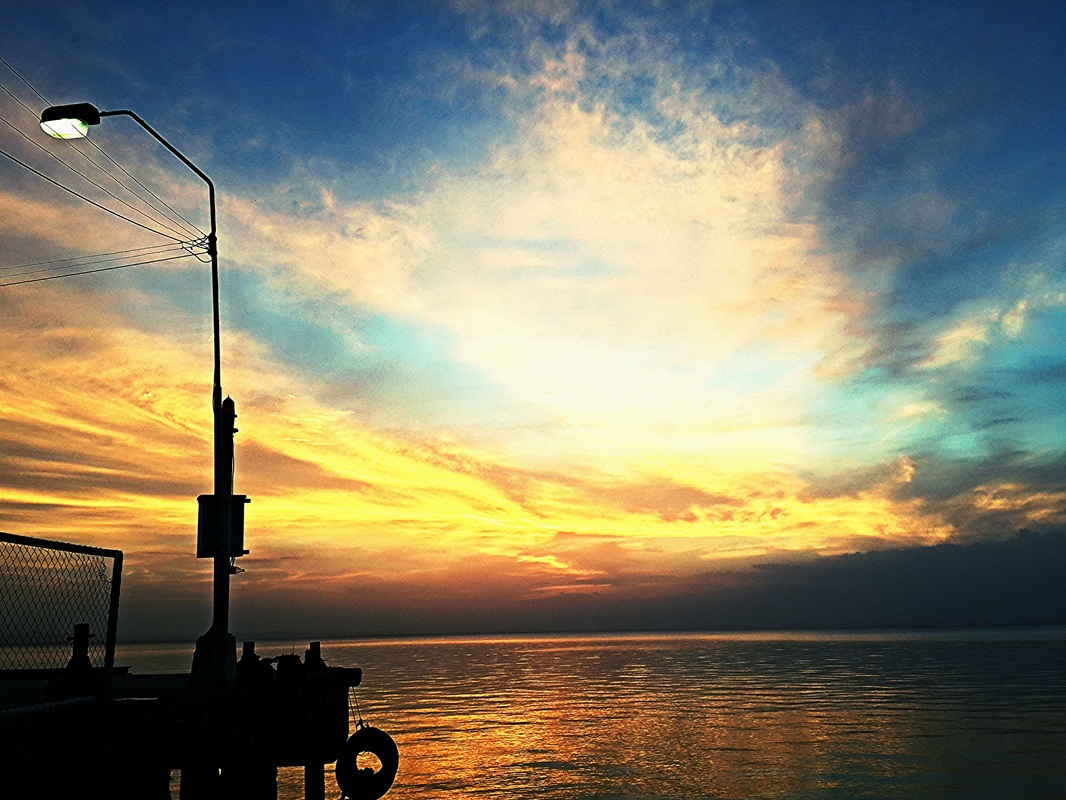
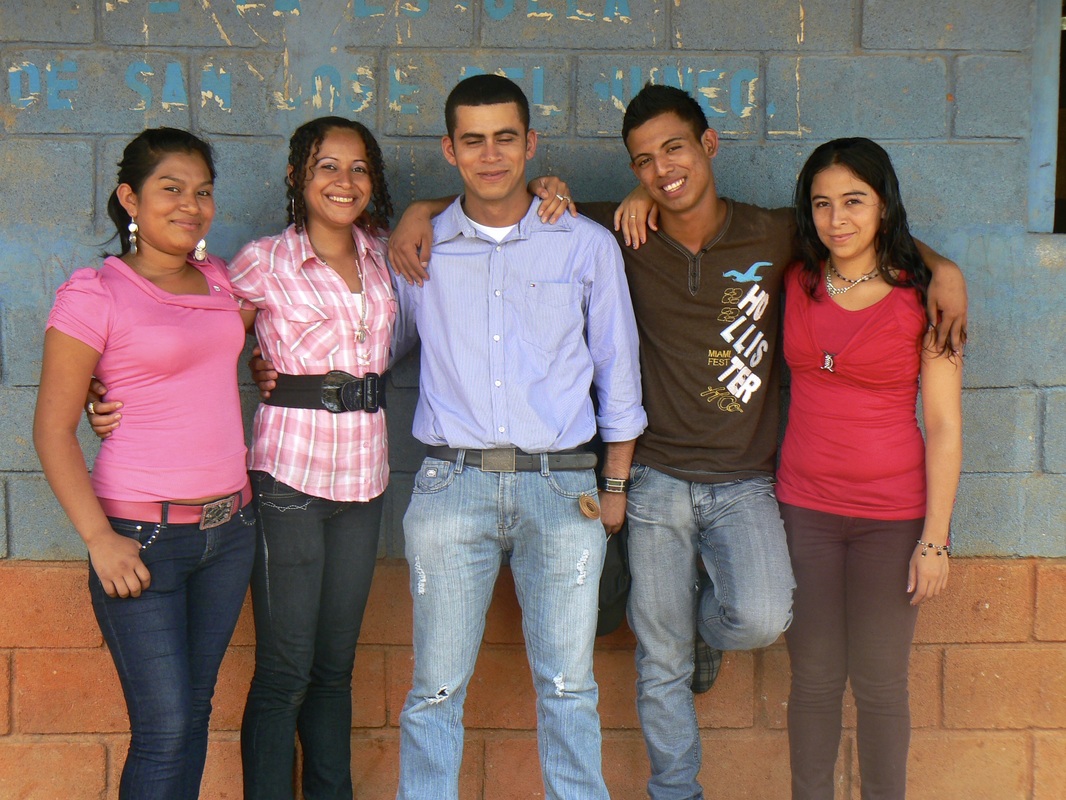
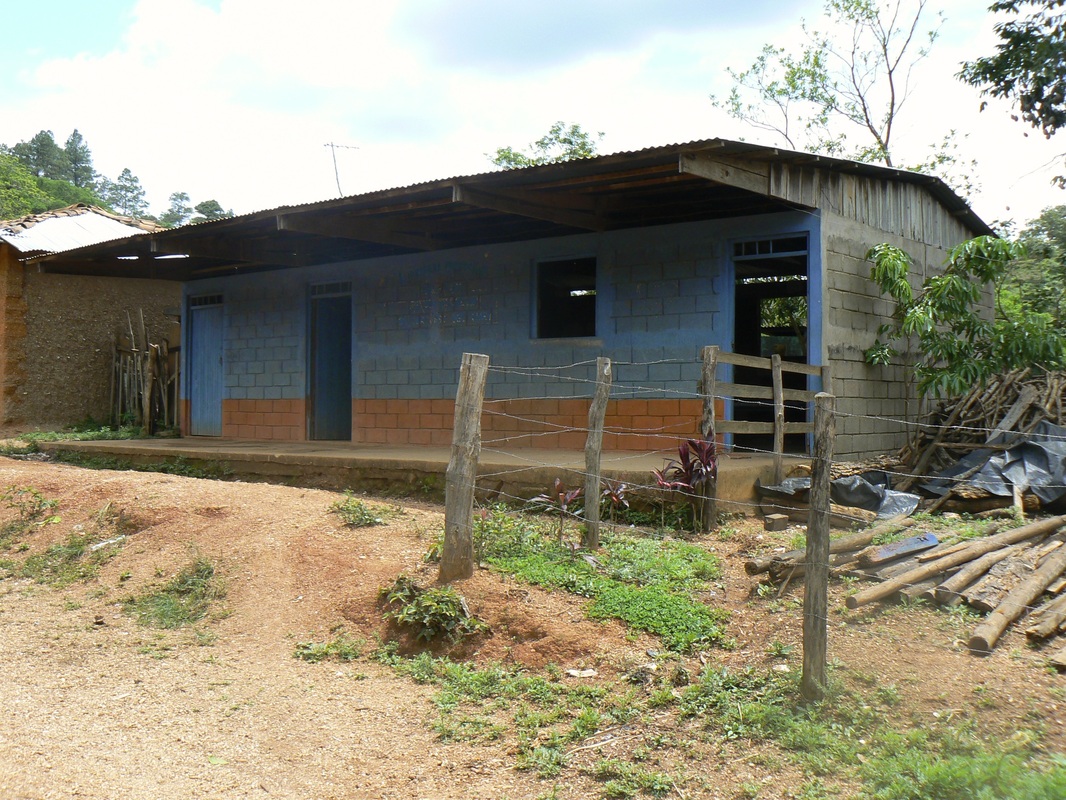
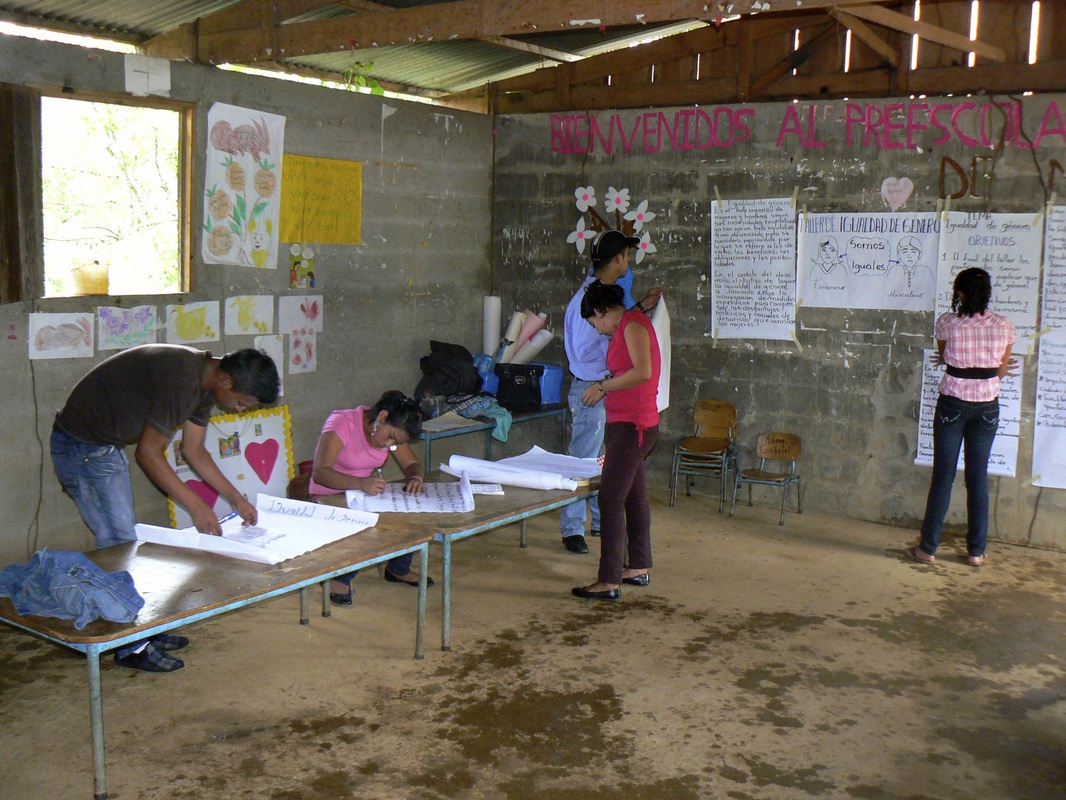
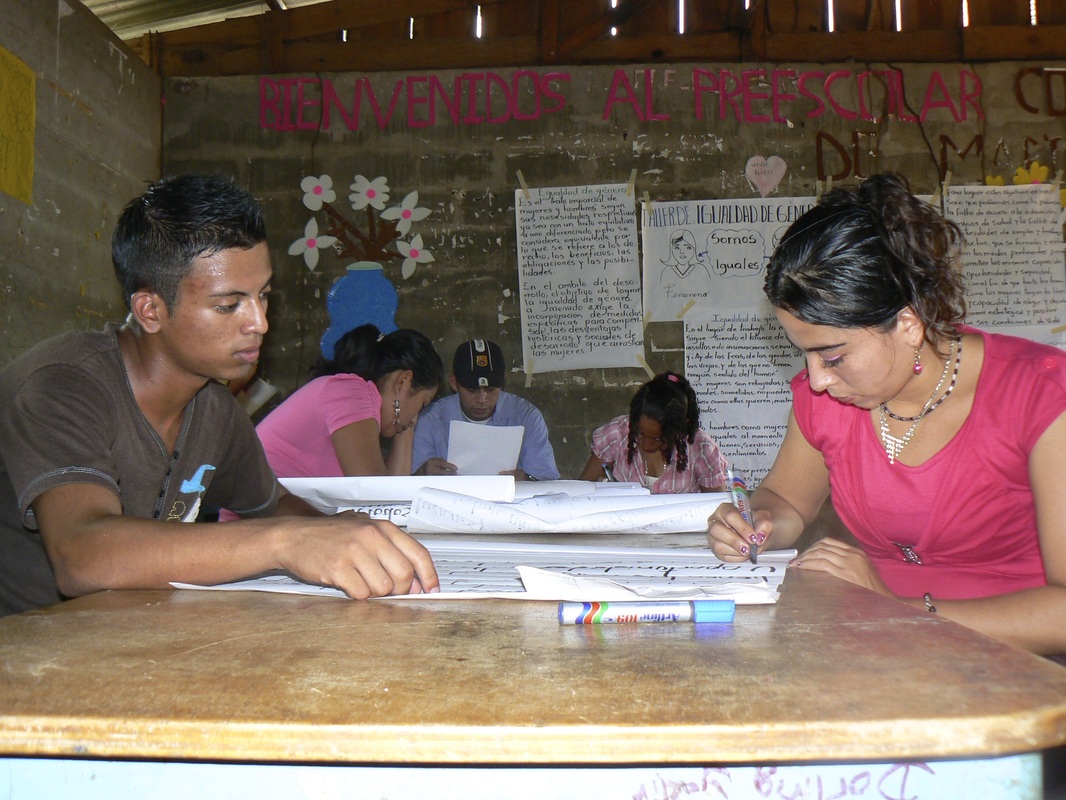
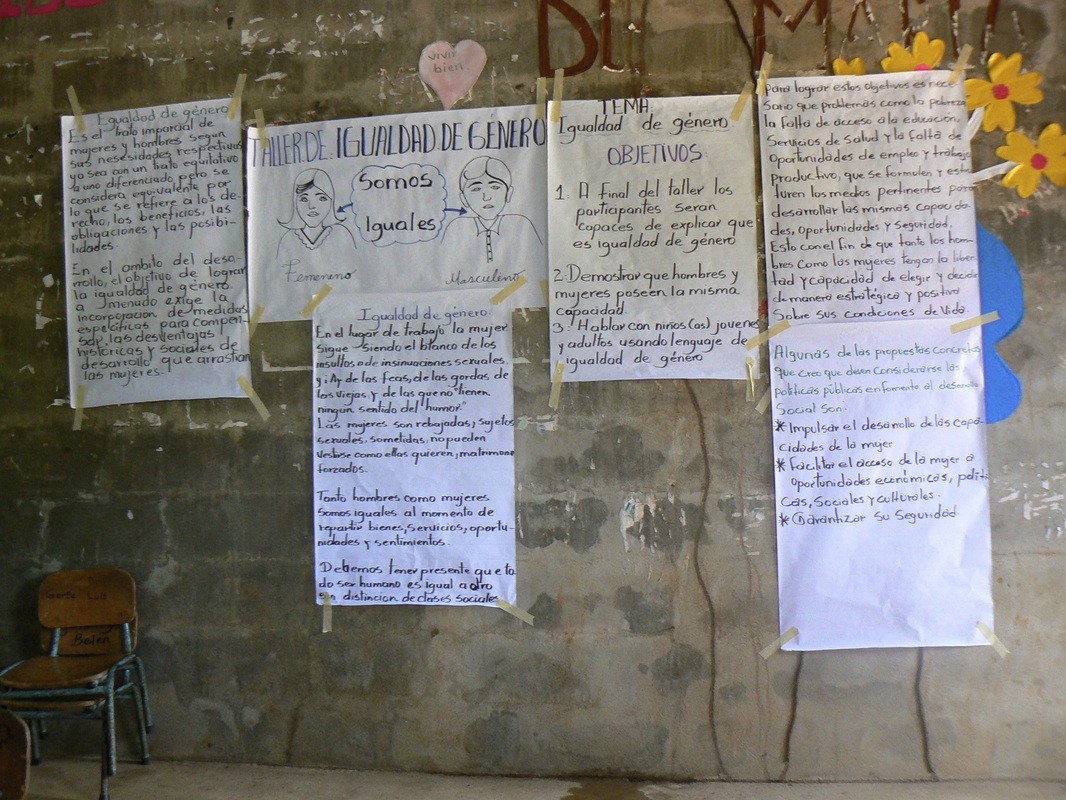
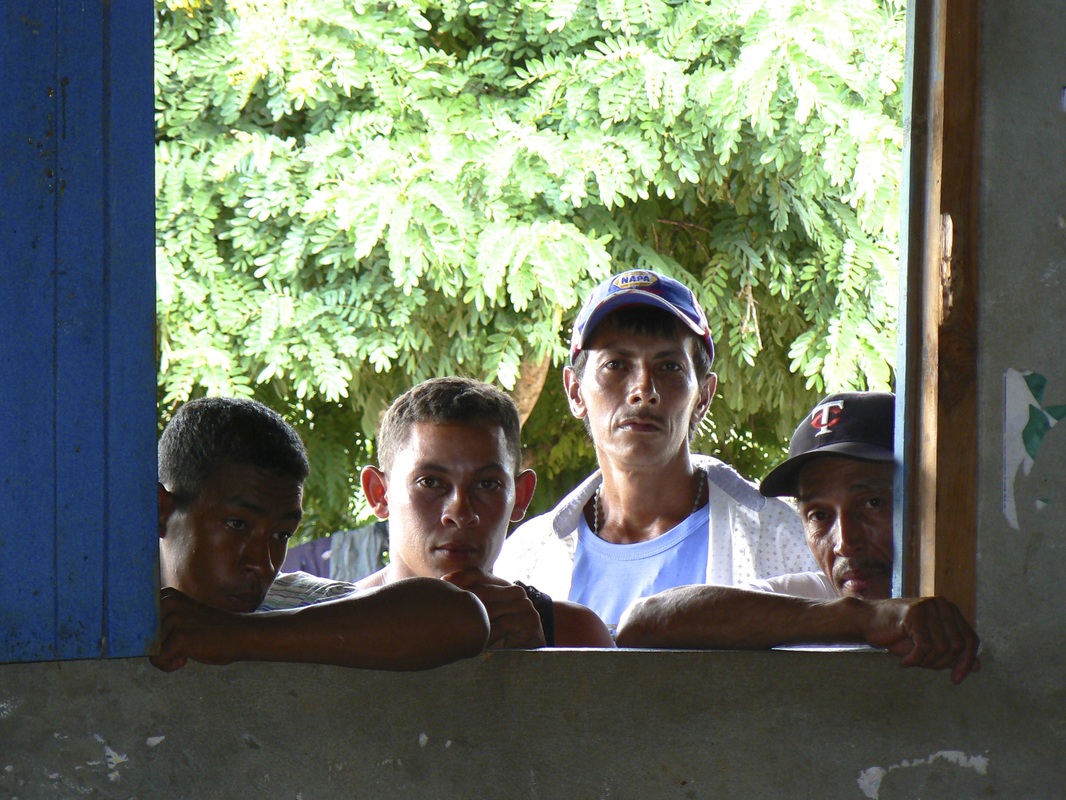
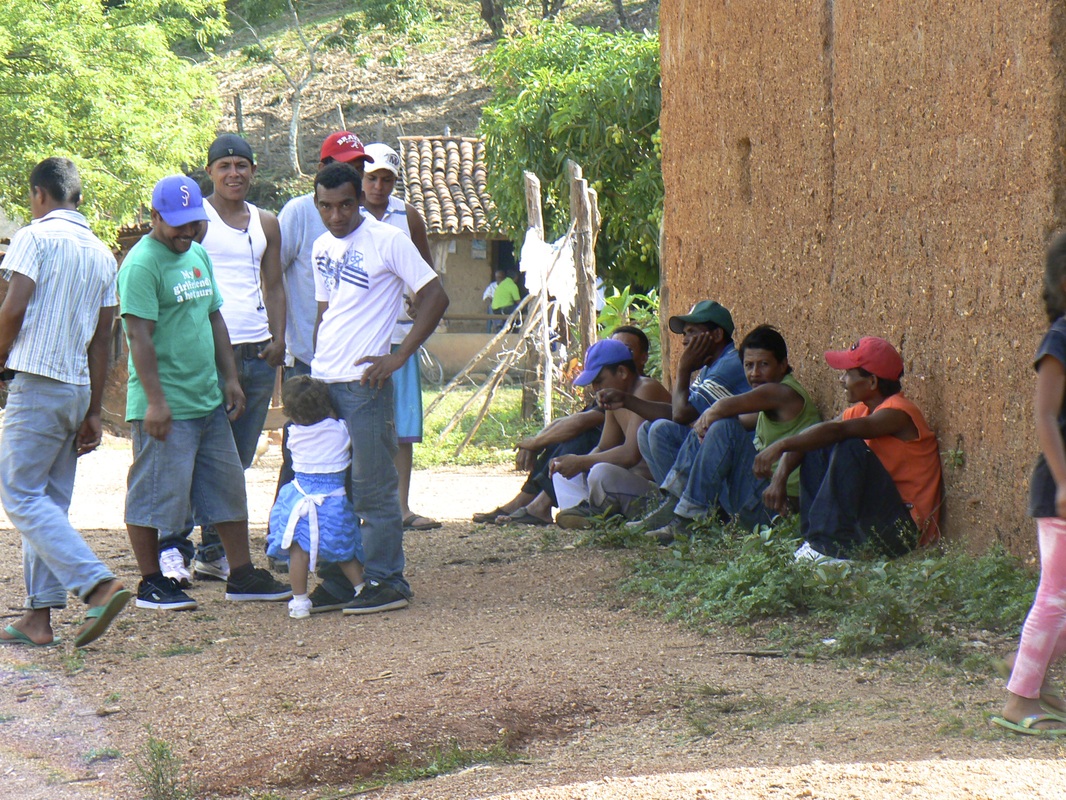
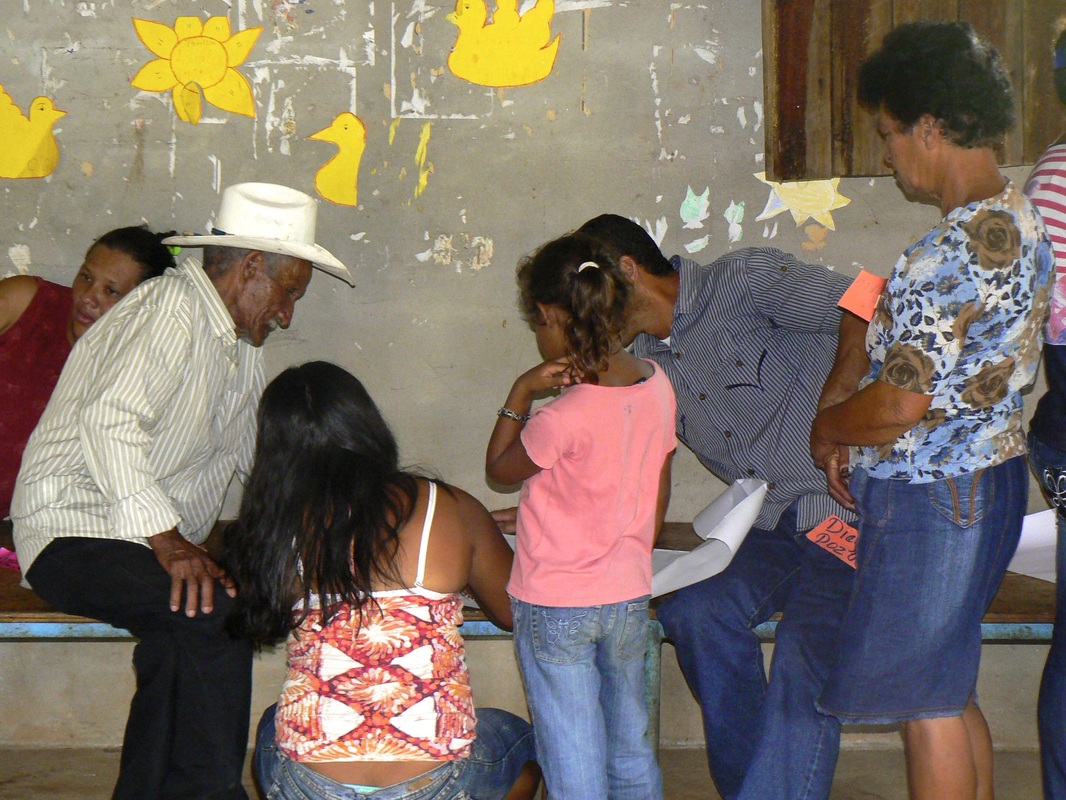
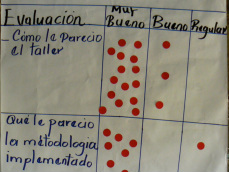
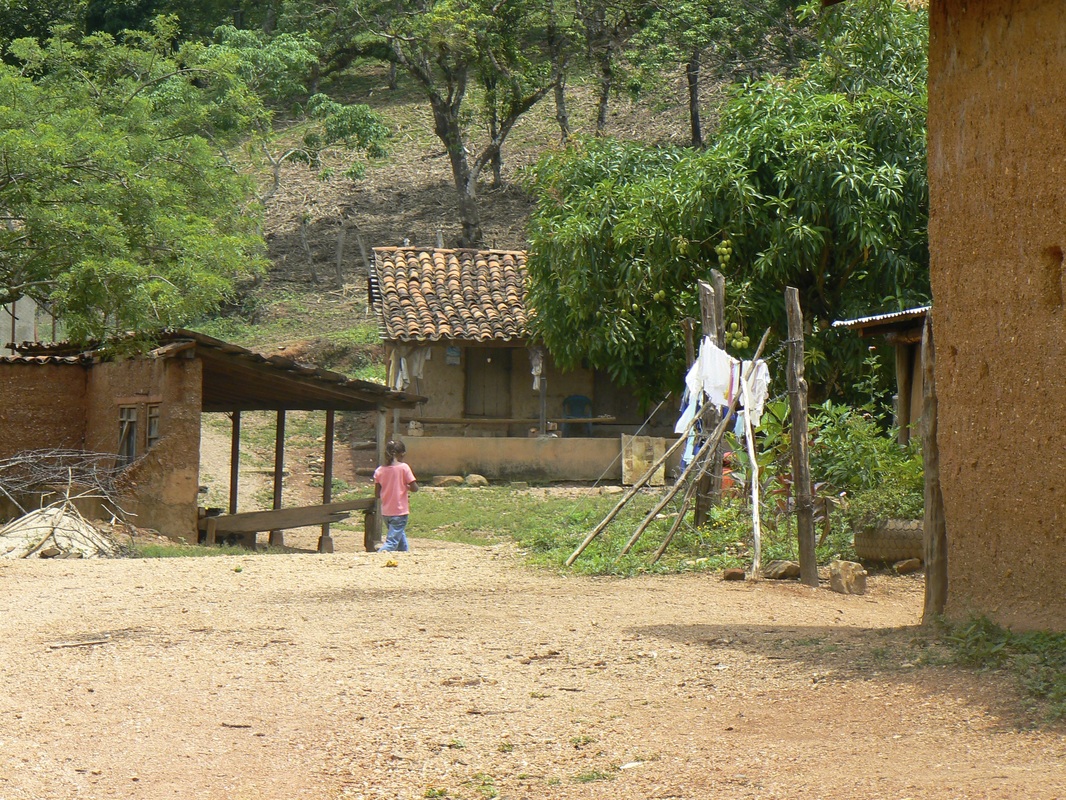
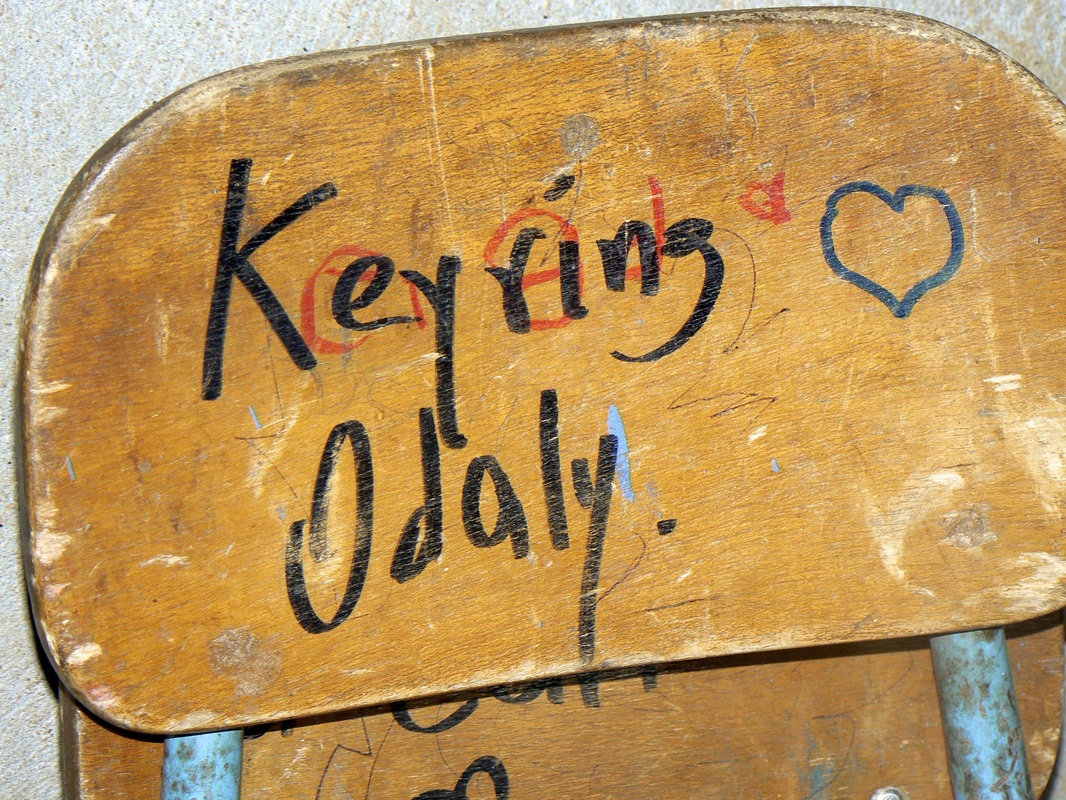
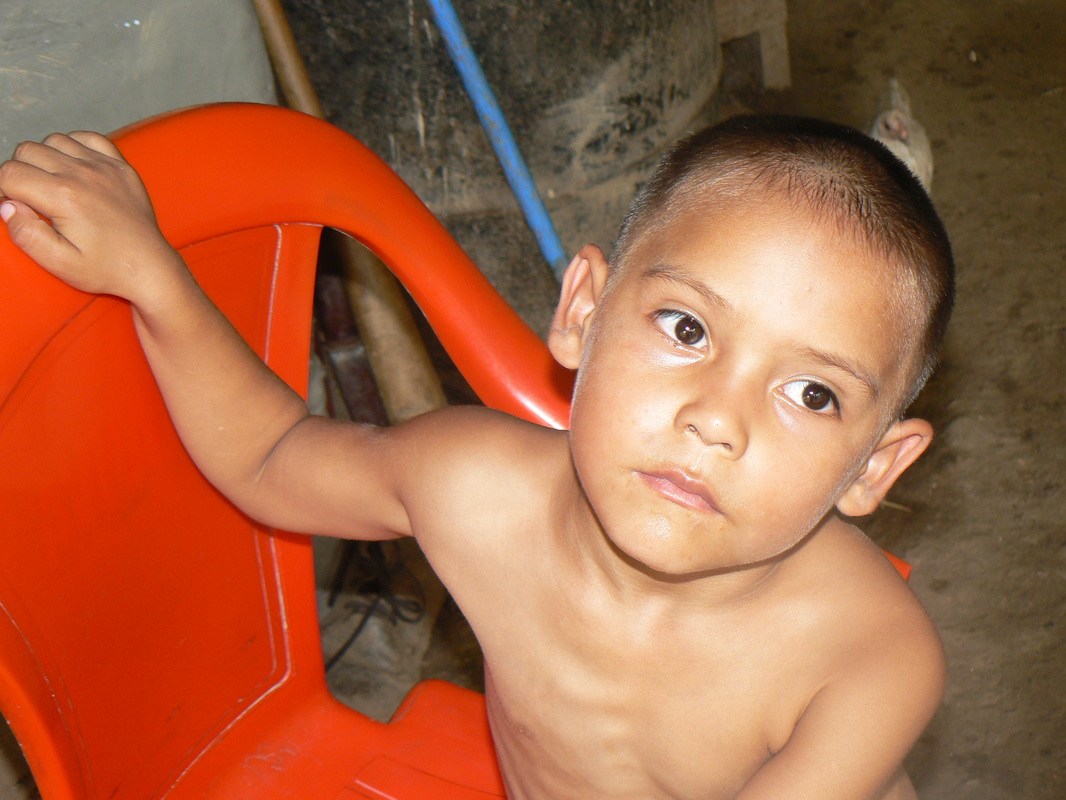
 RSS Feed
RSS Feed
